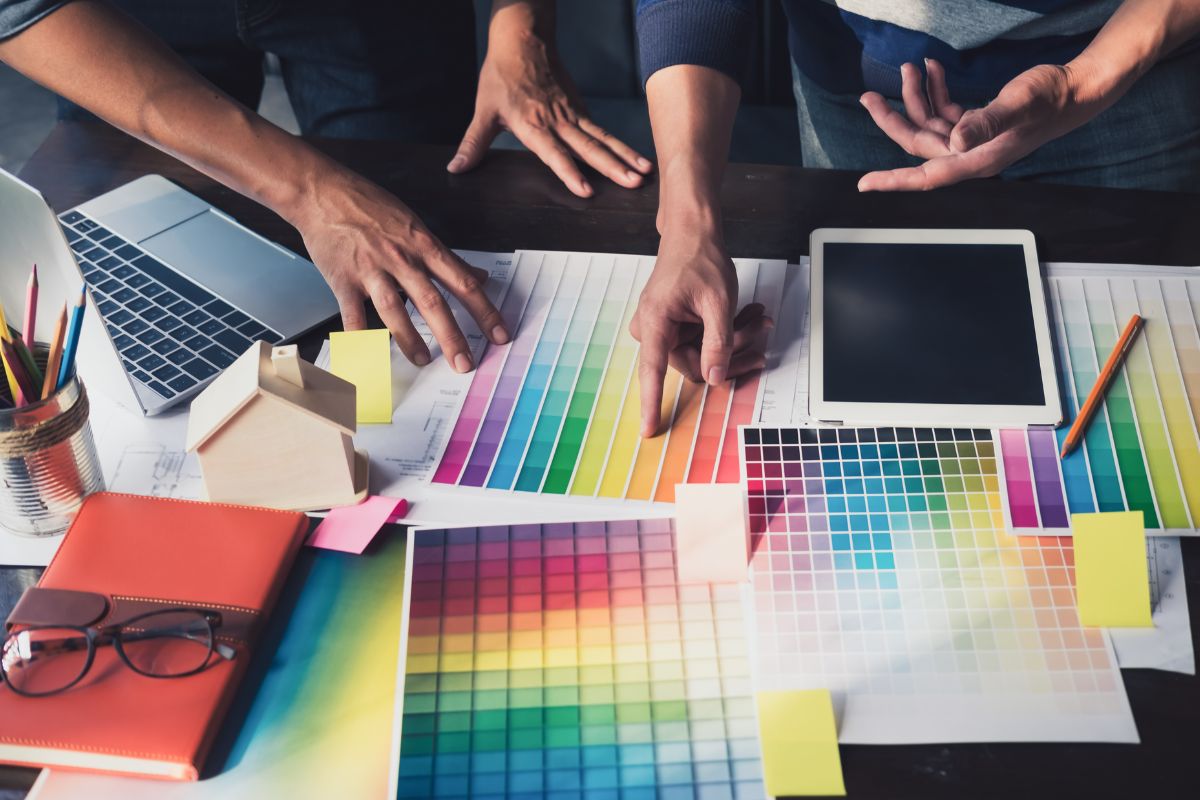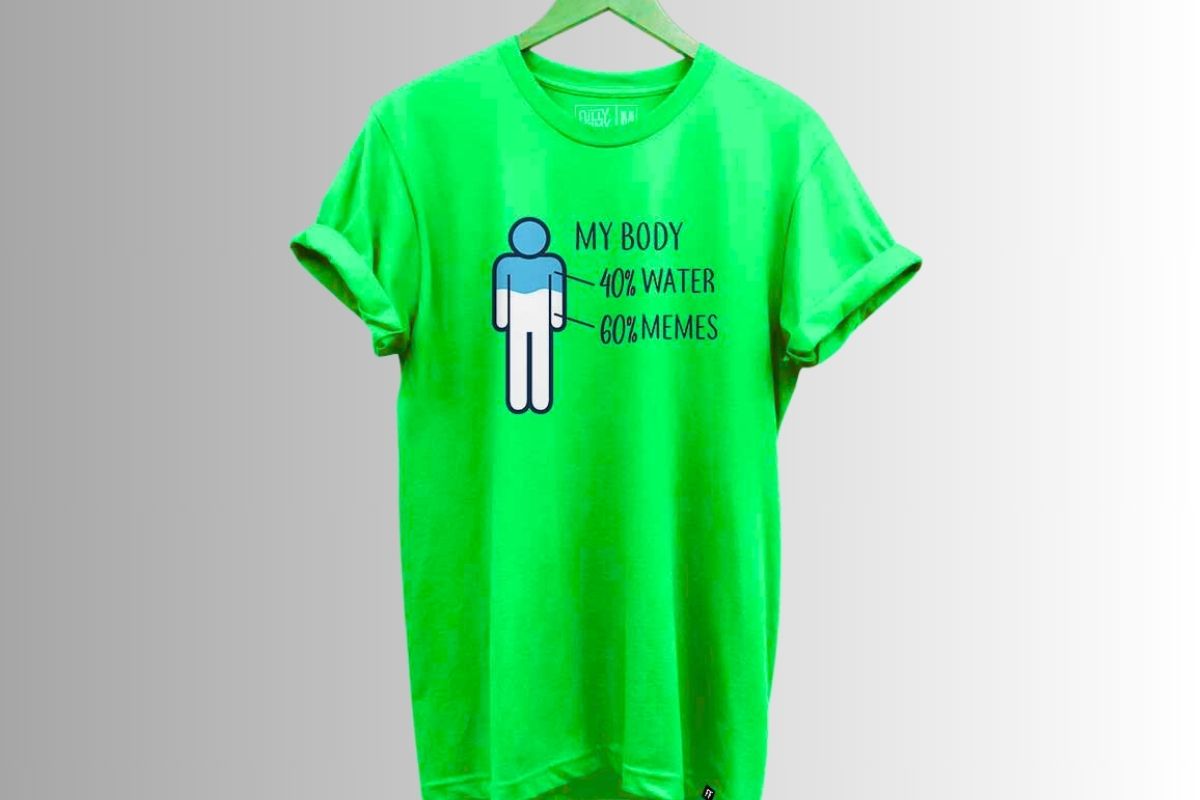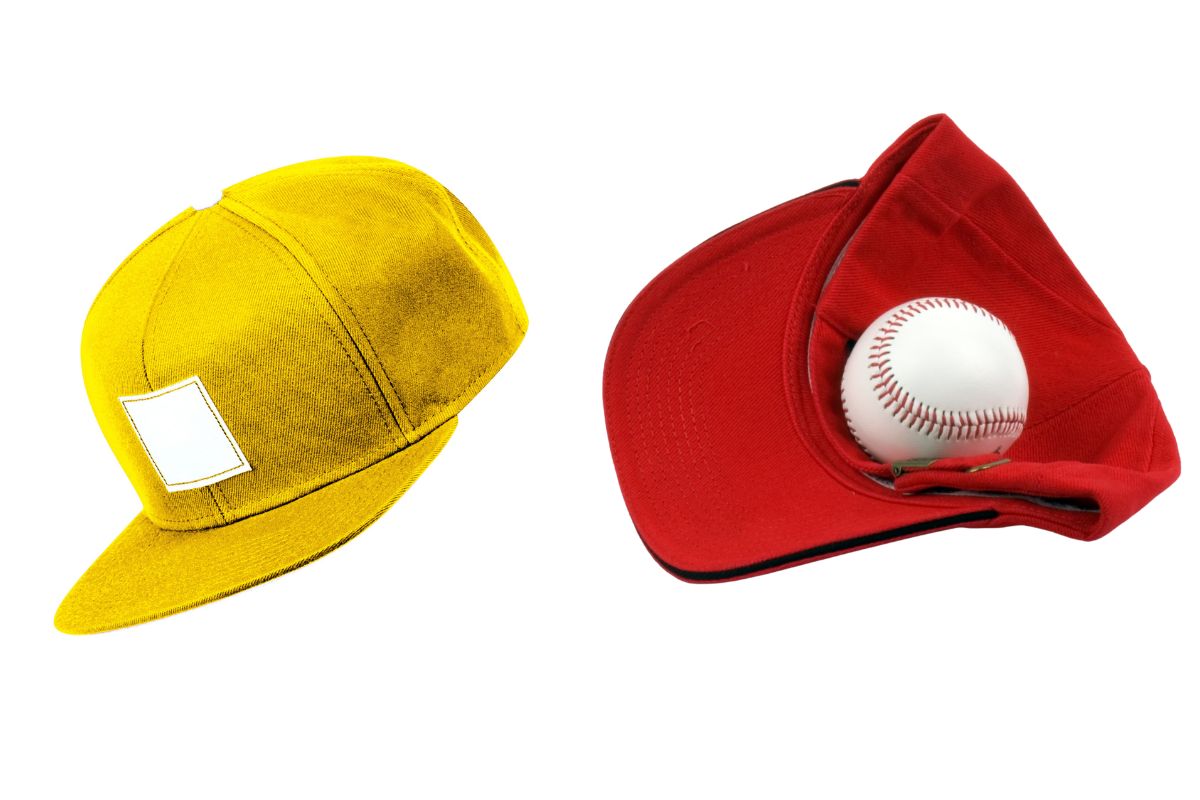In the world of casual wear, color choice can define a brand as much as the style and fit of the garments themselves. Comfort Colors has carved a niche in this space by offering a broad spectrum of hues, ensuring that there’s a shade to reflect every personality and preference. Their color chart showcases an expansive variety of 81 shades, encompassing rich berries, cool blues, and earthy tones, each designed to provide a lived-in look that resonates with authenticity.
Understanding the Comfort Colors color chart is more than just picking a favorite shade; it’s about discovering how a garment’s color can complement your style and express individuality. The brand is known for its garment-dyeing process, which results in a unique softness and a color that feels familiar from the first wear. This technique has made Comfort Colors a go-to for those who prioritize comfort without compromising on the aesthetic appeal of their casual attire.
When selecting from Comfort Colors, you’re making a choice for quality and comfort. The fabric is selected for its durability and pleasant feel, consisting predominantly of pure cotton. The brand’s commitment to perfected dyeing processes ensures that the colors do not just catch the eye but also stand the test of time through repeated washing and wearing, maintaining their allure without significant fading.
History of Comfort Colors
Since its inception in 1975, Comfort Colors has established a noteworthy presence in the casual wear market. Originating in Vermont, your knowledge of the brand is likely associated with its high-quality, comfortable, and durable apparel. While operating independently for many years, Comfort Colors caught the attention of Gildan Activewear—a textile industry giant.
Gildan, already recognized as an industry leader, acquired Comfort Colors in 2015. This merger expanded their portfolio, especially in the North American printwear market.
- Before Gildan Acquisition:
- Founded in 1975
- Known for quality and comfort
- Unique color options
- After Gildan Acquisition:
- Enhanced distribution channels
- Broadened product lines
- Continued commitment to product quality
Your appreciation of Comfort Colors may stem from their vintage, lived-in look that does not compromise on the feel and durability of the fabric. The unique appeal of their clothing is partially due to a proprietary dyeing process that provides a wide variety of colors with a deep and rich hue. Comfort Colors’ palette ranges from bright to pastel shades, ensuring that your style preferences are easily met.
As part of Gildan, Comfort Colors benefits from the larger company’s sustainable manufacturing practices, maintaining a delicate balance between quality apparel and environmental consciousness. Your choice in Comfort Colors not only supports style and comfort but also aligns with ethical and sustainable clothing practices.
Understanding the Comfort Colors Palette
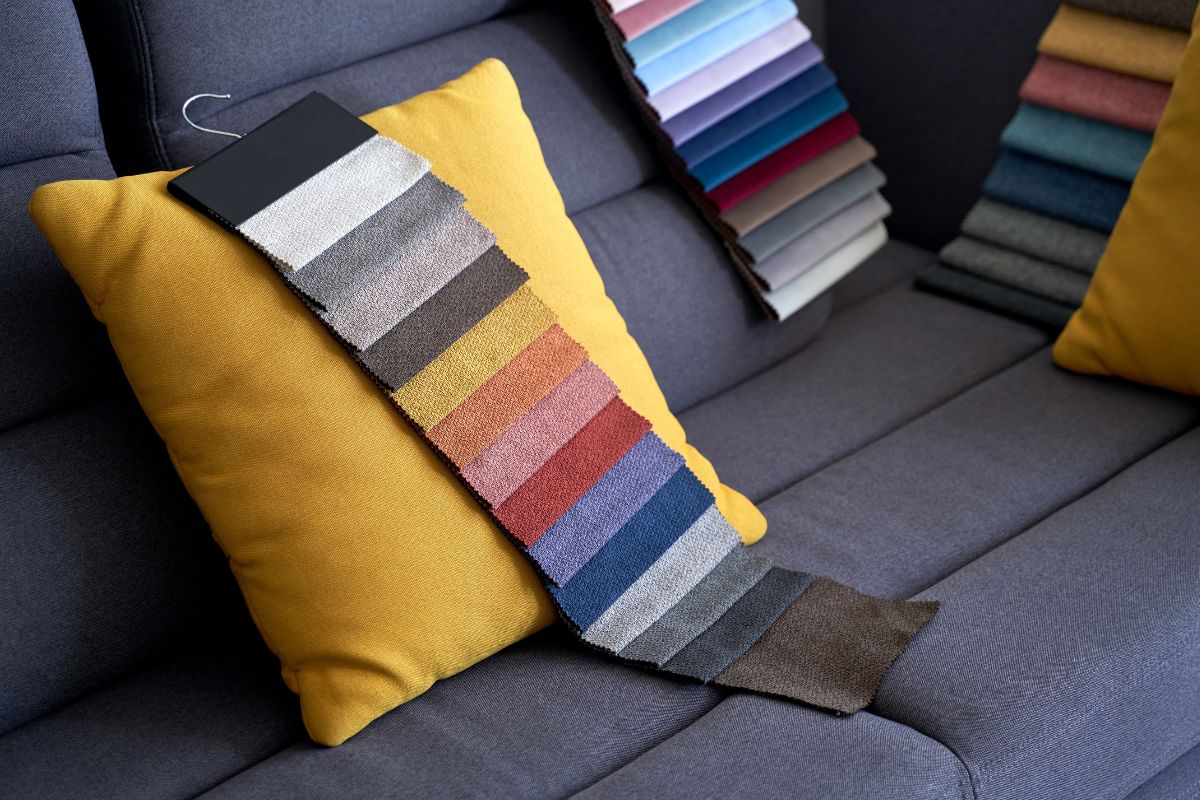
Comfort Colors offers a diverse palette, with a selection of over 80 hues ranging from subdued pastels to vivid brights. These shades are purposefully chosen to reflect the natural beauty of the outdoors and to provide a rich selection for personal or business needs.
Neutral Tones
For a classic and understated look, consider options like:
- Graphite
- Black
- Espresso
Brights and Rich Tones
If you’re aiming to make a bold statement, explore shades such as:
- Crimson
- Berry
- Burnt Orange
Pastels and Light Hues
For soft, light apparel, these tones are ideal:
- Blossom
- Chalky Mint
- Blue Spruce
Unique and Varied Shades
Apart from the usual colors, there are unique Comfort Colors options:
- Amethyst
- Citrine
- Flo Blue
Durability and Color Fastness
The production technique employed by Comfort Colors ensures that the colors are not only vibrant but also long-lasting, retaining their saturation through multiple washes. This allows you to confidently choose even the brightest of colors like Banana or Emerald, knowing they will remain true over time.
Remember, choosing the right color is not just about personal preference; it also conveys emotions and messages whether you’re customizing apparel for an event, company branding, or your personal wardrobe. Use this palette to convey the right mood and style.
Garment Dyeing Process
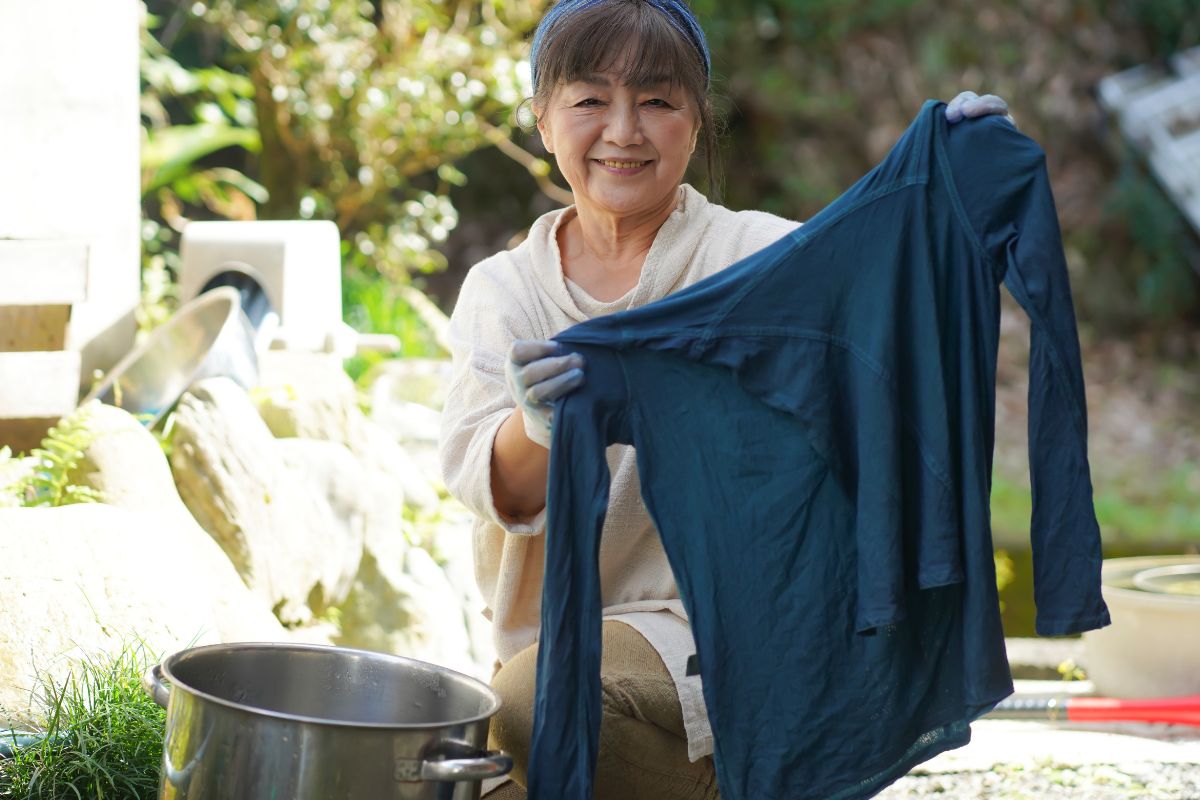
When exploring the world of garment dyeing, you are delving into a technique that adds rich and lasting color to your apparel. This process dyes the fabric after the garment is already constructed.
Direct/reactive dyeing is a common method used. This chemical reaction process ensures the dye is absorbed thoroughly into the yarn, so your garments maintain their vibrant colors wash after wash.
The steps in this dyeing technology are:
- Preparation: Garments are cleaned and prepped to ensure uniform color adherence.
- Dyeing: The dye is applied using specific techniques that cater to desired outcomes, whether vibrant hues or subtle tones.
- Washing: After dyeing, the garments are thoroughly washed to remove excess dye and promote softness.
- Drying: The apparel is then dried, completing the cycle and setting the color.
This innovation in dyeing allows for a wide range of color possibilities. Comfort Colors, for example, offers you an extensive palette of 82 unique colors achieved through this dyeing process. Using direct/reactive dyes imparts a traditional dyed look, while pigment dyeing gives a softer, vintage appearance that continues to age and evolve with each wash.
By employing garment dyeing, companies are able to produce apparel with a personalized touch, each piece slightly different from the next, yet consistent in quality and style.
Remember, whether it’s a soft pastel or a deep, rich hue you’re after, the garment dyeing process is crucial in delivering quality results in the world of apparel.
Comfort Colors Styles
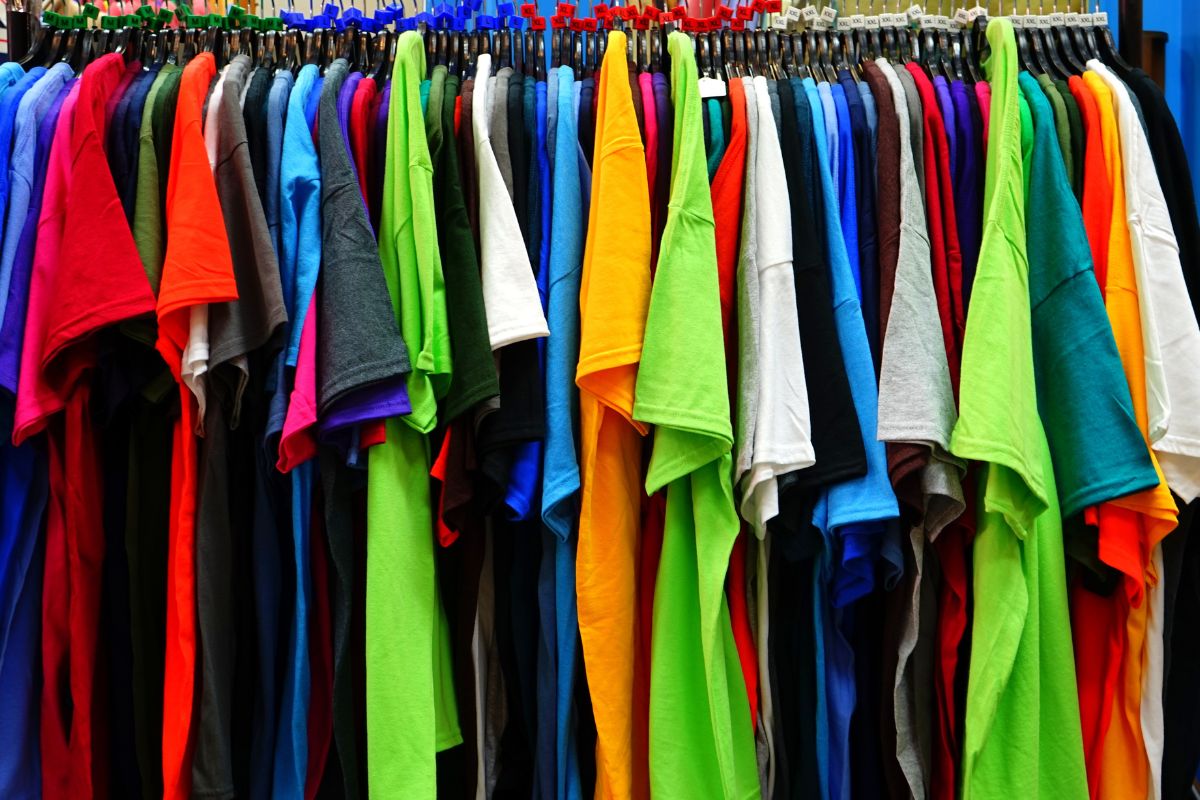
In exploring Comfort Colors styles, you’ll find that each piece prioritizes softness and quality. Comfort Colors offers a range of options catering to casual wear with a heavy emphasis on comfort and durability.
Tees
Comfort Colors tees are known for their soft feel and sturdy construction. These tees typically come in a wide variety of colors, each achieved through a unique dyeing technique that ensures a long-lasting hue. Ranging from nature-inspired tones to vivid and pastel options, there’s a tee for every preference:
- Color Variety: Over 68 color options
- Sizes Available: S to 4XL
Adult Crewneck Sweatshirt
The Adult Crewneck Sweatshirt by Comfort Colors is a piece that combines comfort with a classic fit. Constructed with quality cotton, the sweatshirt retains its color through washes, ensuring a saturated and consistent color. It is an ideal choice for those seeking a combination of warmth and softness:
- Style Number: 1566
- Sizes Available: S to 3XL
Heavyweight Tank Top
For warmer weather or layering, the Heavyweight Tank Top stands out with its substantial fabric feel. Unlike lighter tanks, this style from Comfort Colors is tailored for durability without compromising on the softness that is signature to the brand:
- Colors Available: Essential and season-specific shades
- Sizes Available: S to 2XL
By focusing on the feel, fit, and longevity of the colors, these styles from Comfort Colors ensure that your basics are anything but basic. You’ll find that whether for a casual outing or a comfortable day in, these pieces offer a reliable and cozy choice.
Color Consistency and Quality
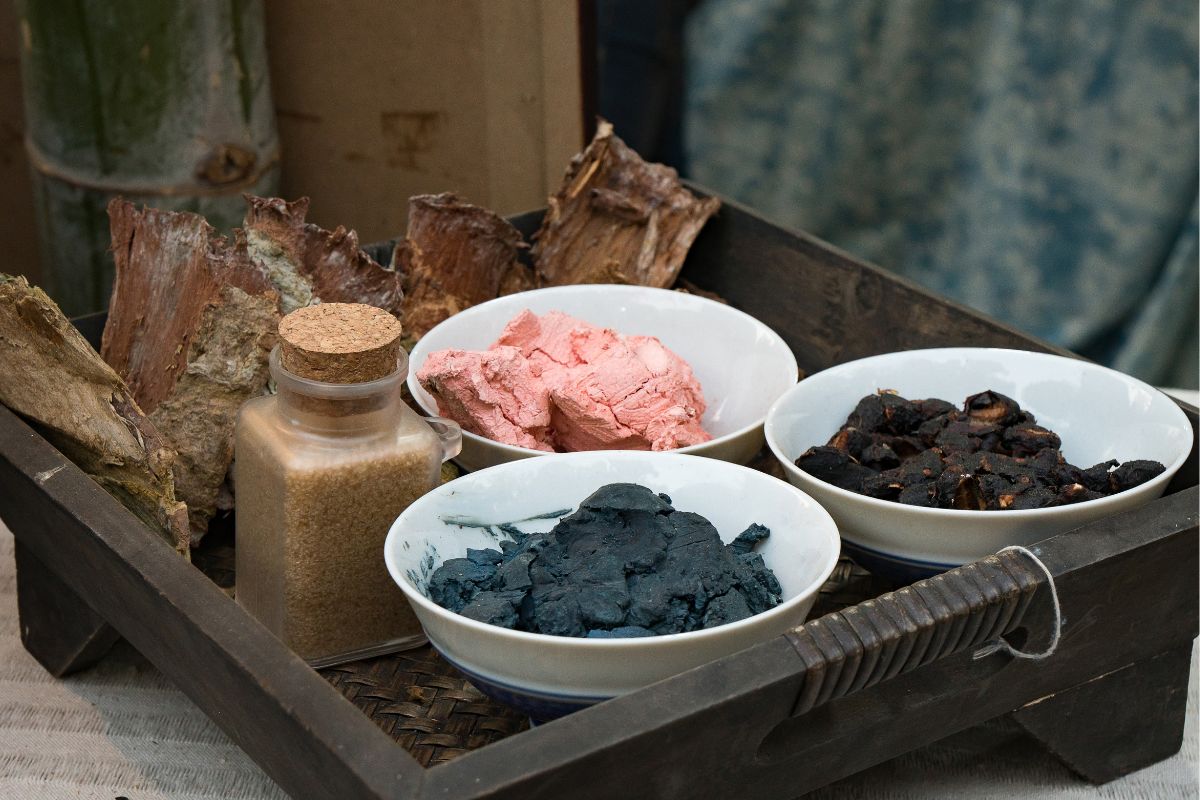
When you select Comfort Colors, you’re choosing apparel known for its color consistency and quality. Their garments undergo a rigorous pigment dyeing process that ensures your clothing features deep, rich, and sustainable colors. This technique enables the fabric to absorb the dye fully, providing a more saturated and lasting color. Unlike reactive colors, which bond with the fabric fibers, pigment dye sits on top of the fabric, resulting in a unique and vintage look that ages gracefully over time.
Dyeing Techniques:
- Pigment Dyeing: Offers a washed and “lived-in” appearance.
- Reactive Dyeing: Used for brighter, more reactive colors.
Your Comfort Colors garment’s ability to maintain its hue is partly due to the application of organic dyes, which are known for their eco-friendliness and resilience. In comparison to synthetic dyes, organic options tend to have a softer impact on the environment, and their use reflects a commitment to sustainability.
Here is a brief list of qualities associated with Color Consistency and Quality:
- Durability: Withstands numerous washes without significant color loss.
- Consistency: Uniform color distribution throughout batches of apparel.
- Variety: Range from bright hues to pastel tones, suitable for any style.
Remember, after dyeing, the garments are washed and preshrunk, so your chosen color stays true to size and form as well as to tone—even after continuous use and cleaning. The result? A closet staple that looks as good as it feels, wear after wear.
Sustainability in Color
When you choose your apparel, the sustainability of the colors used is as significant as the design itself. Companies like Comfort Colors implement eco-friendly dyeing processes to enhance the sustainability of their products. Pigment Pure™, for instance, is a process that reflects a commitment to environmental responsibility.
Your eco-footprint is reduced through techniques that consume less water and energy. Here’s a comparison that illustrates the benefits:
| Traditional Dyeing | Pigment Pure™ Process |
| More water usage | Uses 3 times less water |
| Longer process time | 40% less process time |
| Higher energy consumption | Less energy consumed |
In terms of colors, you can expect that a pigment dye company such as Comfort Colors maintains color integrity while being conscious of their environmental impact. The hues produced are not only striking and long-lasting but are also a result of environmentally considerate practices.
- Bright and rich colors are achieved and are consistent even after washes.
- Pastel shades retain their soothing appearance without sacrificing eco-friendliness.
As you wear your chosen shade, you can be confident in the color’s durability and the sustainability of its production. Your wardrobe isn’t merely a style statement; it’s a choice that supports the planet.
Caring for Comfort Colors Apparel
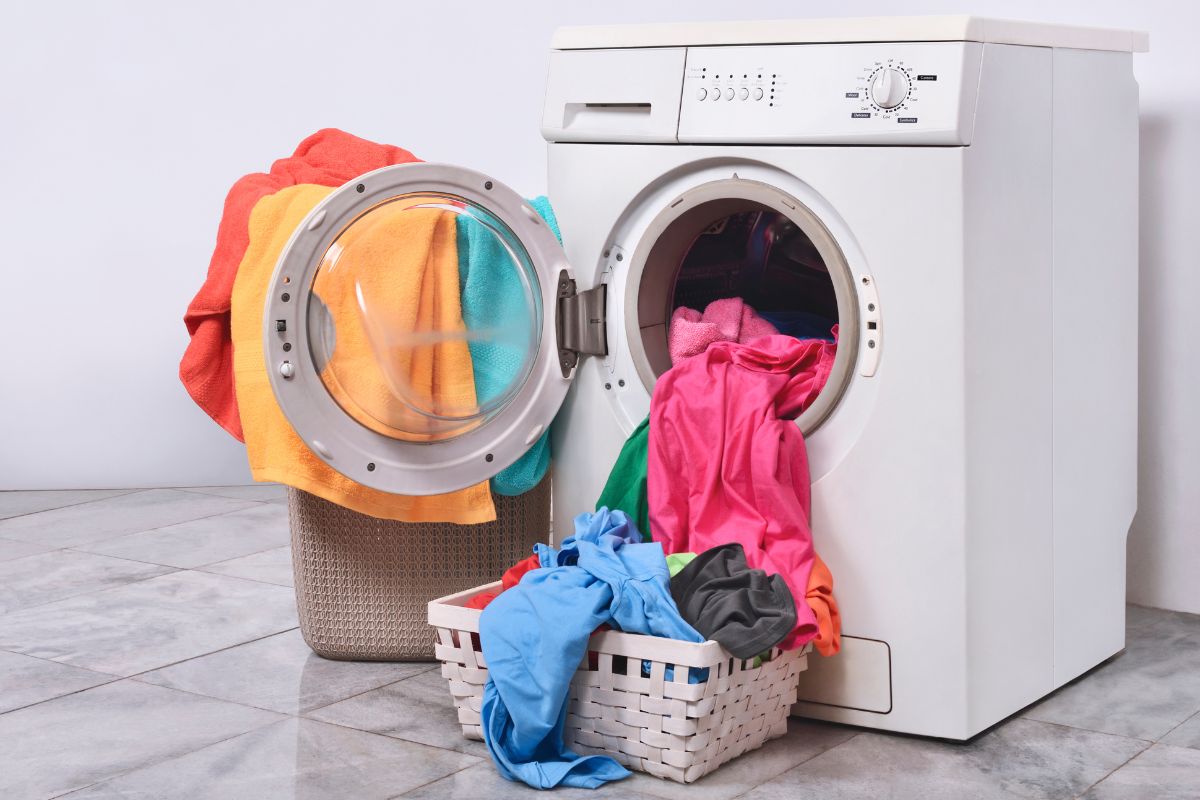
When you purchase Comfort Colors apparel, you’re investing in quality garments that are renowned for their softness and durable pigment-dyed colors. To maintain the integrity and vibrant hues of your Comfort Colors clothing, follow these care guidelines.
Washing Instructions
- Turn your garments inside out before washing. This helps to protect the color and surface from friction with other items in the wash.
- Use cold water to prevent any potential color bleeding and to conserve energy.
- Opt for gentle detergents that are free of harsh chemicals, which can be damaging to the fabric and dyes.
Drying and Ironing
- Tumble dry on low heat or hang your clothes to dry naturally. High heat can cause shrinking, even though Comfort Colors apparel is pre-shrunk to minimize this risk.
- If ironing is necessary, do so on the lowest setting. Never iron directly on the print or design.
Additional Tips
- To preserve the softness, avoid the use of fabric softeners; they can coat the fibers, making them feel stiff.
- Do not bleach as it will strip the color and damage the fabric.
By following these care instructions, you will ensure that your Comfort Colors garments remain a cozy and vibrant part of your wardrobe wash after wash.
Utilizing Color Charts
When selecting hues from the Comfort Colors color chart, you have access to a broad spectrum of shades, allowing you to pinpoint the perfect color for your apparel. Color charts serve as a vital tool for ensuring accuracy in color selection, especially when coordinating for events, branding, or personal preference.
Brand color charts present you with swatches—visual samples of available colors. Swatch names typically accompany these samples to simplify reference and communication. For example, you might find colors named “Berry” or “Chambray.” Through this organized system, you can easily select a tone that aligns with your vision.
Another significant element in color charts is the Pantone number. As a standardized color matching system, Pantone numbers ensure consistency across different production runs and manufacturers. If your project demands precision, referencing the Pantone code will provide clarity.
Lastly, the Hex/Web codes corresponding to each swatch can be vital for digital design and online collaboration. Hex codes are a six-digit combination of letters and numbers reflecting the exact mix of red, green, and blue (RGB) to display a color on digital screens.
Below is an example of how this information is typically structured in a color chart:
| Swatch Name | Pantone | Hex/Web |
| Amethyst | 271 | #9595D2 |
| Banana | 7499 | #F1E6B2 |
| Bay | 5635 | #94A596 |
| Berry | 2056 | #7E4966 |
By utilizing the brand color charts effectively, you ensure that the color integrity of your chosen garment remains consistent, whether for printing, dyeing, or digital purposes. Your ability to accurately reference swatch names, Pantone, and Hex/Web codes can streamline your decision-making and help bridge the gap between digital designs and physical products.
Innovation in Fabric and Dyeing
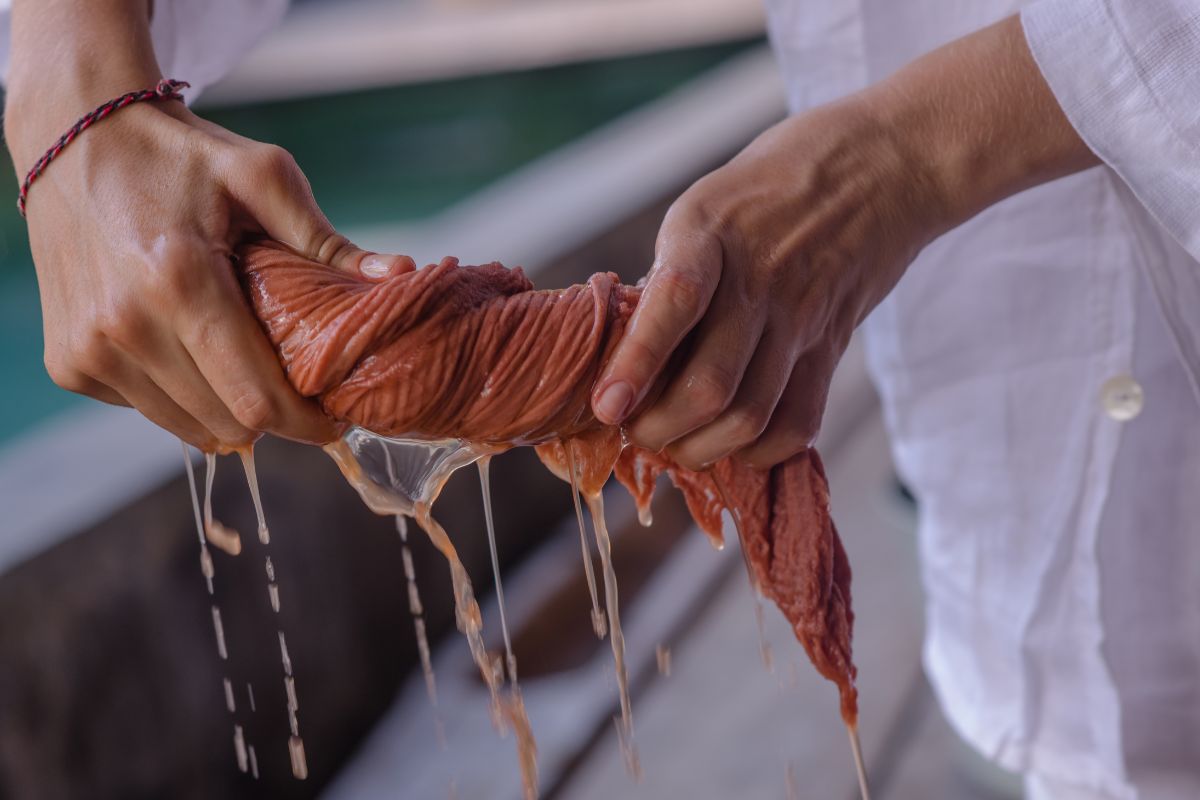
When you choose a new shirt, the color and feel of the fabric are as important as the cut and style. The innovation in garment-dyeing has significantly enhanced your wardrobe experience. Comfort Colors®, with over 45 years of experience, leads this innovation using a distinct pigment dye technology.
Pigment Dyeing: This method gives each garment unique color variations and a worn-in look. Conventional dyeing often achieves uniform color, but pigment dyeing offers a more personal touch to your clothing.
- Traditional Dyeing: Uniform color; preshrunk fabric
- Pigment Dyeing: Unique color variations; minimal shrinkage
Technological Advances: Comfort Colors’ proprietary Pigment Pure™ process reduces water and energy use, demonstrating an eco-friendly approach to creating your favorite hues. Their innovation not only creates long-lasting comfort but also positively impacts the environment.
- Sustainability: Less water and energy used
- Durability: High-quality dye and reduced shrinkage
Advancements in dye technology have solved many traditional fabric issues. Now you get garments that are softer, have stabilized color, and come with the bonus of higher sustainability standards.
Fabric Quality: The dyeing process influences the final texture of your new shirt. Pre-washed fabrics ensure maximum coziness straight from the shelf. Fabric quality combined with advanced dyeing results in a product that looks and feels like it’s been in your life for years.
Remember, your choice in clothing now has the option to be environmentally conscious without compromising on style and individuality, thanks to the ongoing innovation in fabric and garment dyeing.
Frequently Asked Questions
In this section, you’ll find answers to common queries about the Comfort Colors 2024 collection, from the range of available colors to guidance on size selection.
What range of colors is available in the Comfort Colors 2024 collection?
The Comfort Colors 2024 collection offers a broad spectrum of colors which include bright, rich hues as well as softer pastel shades. Each color is designed to remain consistent even after multiple washes.
How does the Comfort Colors sweatshirt color selection compare to their t-shirts?
The color selection for Comfort Colors sweatshirts is on par with their t-shirts, maintaining a wide variety of choices. They utilize the same dyeing process to produce vibrant, lasting colors across all types of apparel.
Can you provide a guide to choosing sizes for Comfort Colors apparel?
To choose the correct size for Comfort Colors apparel, refer to their official sizing chart which details measurements for each size. It’s important to consider that their garments are often pre-shrunk, which may affect the fit.
What distinguishes Comfort Colors from other brands like Gildan in terms of quality?
Comfort Colors stands out due to their garment dyeing process and cotton quality, offering clothing that often has a thicker and softer texture. This distinct softness and color vibrancy sets them apart from brands like Gildan.
In what ways does Comfort Colors differentiate its color offerings from Bella Canvas?
Comfort Colors distinguishes itself with a signature color palette inspired by nature, characterized by their unique Pigment Pure™ dyeing process. This contrasts with Bella Canvas, which often focuses on a modern, trend-driven color assortment.
Are there new color additions to the Comfort Colors 1717 style for the year 2024?
For 2024, Comfort Colors has indeed introduced new colors to the 1717 style lineup. These new additions are in line with current color trends while maintaining the timeless look the brand is known for.

